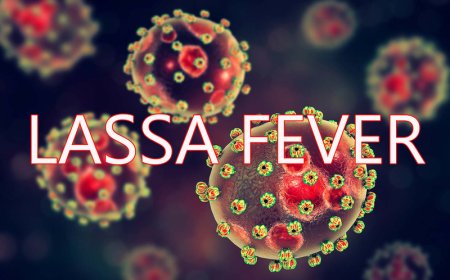Tips to Keep Your Toothbrush Safe from Bacteria and Infections

Maintaining proper toothbrush hygiene is essential for preventing the transmission of diseases and ensuring effective oral care. A contaminated toothbrush can harbor bacteria, viruses, and fungi, potentially leading to oral infections and systemic health issues. To safeguard your health, consider the following comprehensive guidelines:
1. Select the Appropriate Toothbrush
Bristle Type: Opt for a soft-bristled toothbrush to effectively remove plaque without causing damage to your gums or enamel.
Size and Design: Choose a toothbrush with a head size and shape that comfortably fits your mouth, allowing easy access to all areas.
2. Establish a Regular Replacement Schedule
Frequency: Replace your toothbrush or electric toothbrush head every three to four months, or sooner if the bristles become frayed. Worn bristles are less effective at cleaning teeth and can harbor harmful bacteria.
3. Rinse Thoroughly After Use
Post-Brushing Rinse: After brushing, rinse your toothbrush thoroughly with hot water to remove any remaining toothpaste and debris.
4. Ensure Proper Storage
Upright Position: Store your toothbrush in an upright position to allow water to drain away from the bristles.
Air Drying: Allow the toothbrush to air dry completely between uses, as moisture can promote bacterial growth.
Avoid Closed Containers: Refrain from storing toothbrushes in closed containers, which can create a moist environment conducive to microbial proliferation.
5. Maintain Cleanliness of Storage Area
Sanitary Environment: Ensure that the area where you store your toothbrush is clean and free from contaminants.
Avoid Proximity to Toilets: Keep your toothbrush as far away from the toilet as possible to minimize exposure to airborne particles released during flushing.
6. Disinfect Your Toothbrush Regularly
Antibacterial Mouthwash Soak: Periodically soak your toothbrush in an antibacterial mouthwash to reduce bacterial load.
UV Sanitizers: Consider using a UV toothbrush sanitizer designed to eliminate microorganisms effectively.
7. Do Not Share Toothbrushes
Personal Use Only: Never share your toothbrush with others, including family members, as this can transfer bodily fluids and microorganisms, increasing the risk of infections.
8. Handle with Clean Hands
Hand Hygiene: Always wash your hands thoroughly with soap and water before and after brushing to prevent the transfer of bacteria to and from the toothbrush.
9. Be Cautious During Illness
Post-Illness Replacement: After recovering from an illness, such as a cold or flu, replace your toothbrush to prevent potential reinfection.
10. Use Appropriate Toothpaste
Fluoride Toothpaste: Use fluoride toothpaste to strengthen tooth enamel and protect against decay.
11. Consider Electric Toothbrushes
Enhanced Cleaning: Electric toothbrushes with oscillating or rotating heads can be particularly effective at removing plaque.
12. Regular Dental Check-Ups
Professional Advice: Schedule regular dental check-ups to receive personalized advice on oral hygiene practices and to ensure that your toothbrush hygiene is adequate.
By diligently following these practices, you can maintain a clean and effective toothbrush, thereby reduc
ing the risk of disease transmission and promoting overall oral health.





































